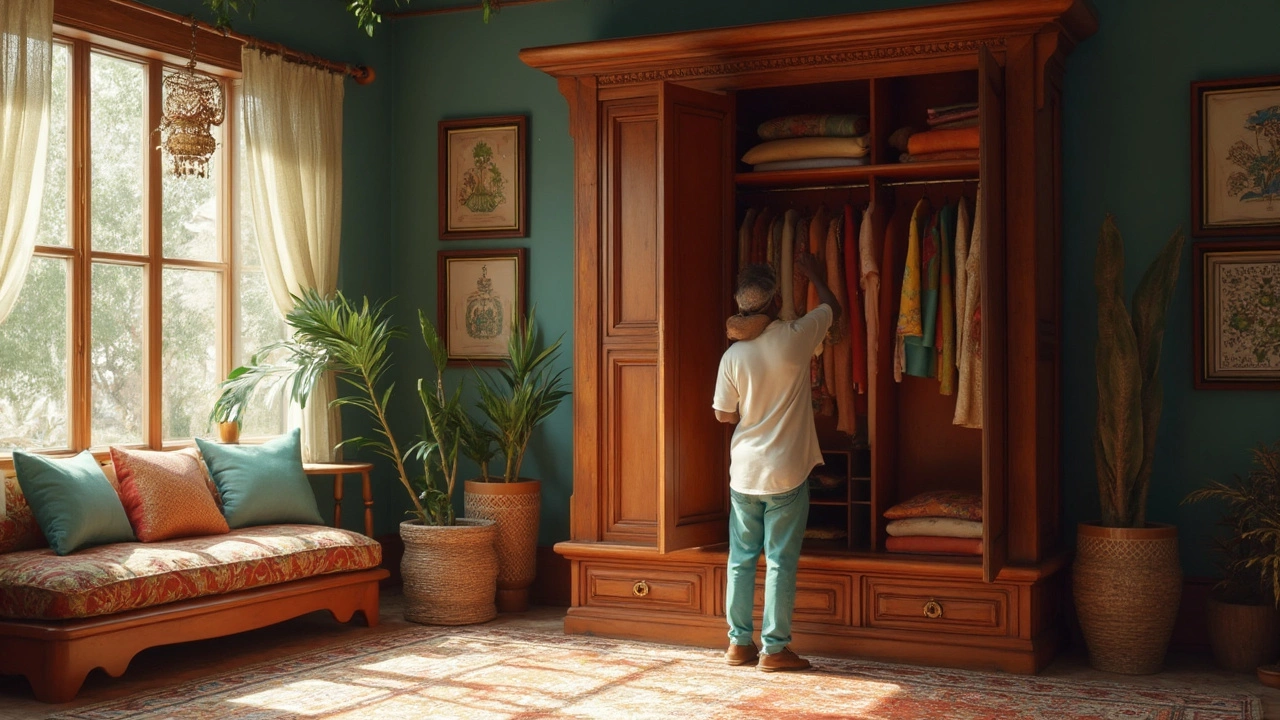Home Storage Solutions: Simple Tips to Keep Your Furniture Safe and Save Space
We all love a tidy home, but finding room for sofas, tables, and décor can feel impossible. The good news? A few smart moves can protect your pieces and free up space without breaking the bank.
First, assess what you actually need to store. Do you have a seasonal couch cover, a set of coffee tables, or a few decorative boxes? Write it down, measure each item, and note the biggest dimensions. Knowing the exact size helps you pick the right storage unit and avoid wasted space.
Protecting Furniture from Damage
Furniture is surprisingly vulnerable when it sits in a dark, damp unit. Moisture can warp wood, and dust can settle into crevices. Wrap each piece in breathable cloth—old sheets work great—and avoid plastic that traps humidity. If you’re storing a wooden coffee table, place a thin plywood sheet underneath to keep it level and prevent pressure points.
Heat treatment isn’t just for bugs; a gentle warm air flow can keep mildew at bay. Place a small dehumidifier or moisture‑absorbing packets inside the storage space. They’re cheap, last months, and keep the air dry enough to stop mold from growing, a tip straight from our “Easy Ways to Stop Mold from Growing in Storage Spaces” guide.
For sofas, a fitted cover works wonders. It shields the fabric from spills and pet hair while allowing the cushion to breathe. If you have a reclining sofa, keep the mechanism lubricated before you pack it—this stops squeaks when you pull it out later.
Maximizing Small Storage Units
Got a 10x10 unit? You can fit a standard three‑seat couch if you plan wisely. Place the couch upright on its back, not on the seat, to reduce height. Use vertical space: stack sturdy boxes on top of the couch, but never crush soft furniture.
Think about “nesting” coffee tables. Smaller tables slide under larger ones, creating a compact stack that’s easy to lift. When you store a daybed couch, remove the mattress and store it flat; the frame fits into a corner, leaving room for other items.
Label every box with its contents and orientation (e.g., “Heavy – Top”). This saves you from pulling everything out just to find one missing piece. Also, keep an aisle of at least two feet; you’ll thank yourself when you need to move a box or grab a forgotten lamp.
Finally, check the unit’s climate control. If the facility isn’t climate‑controlled, bring in a small portable fan to circulate air every few weeks. A quick rotation of items prevents pressure spots and keeps everything looking fresh.
By wrapping, labeling, and using vertical space, you can store more furniture safely and avoid costly repairs. Put these tips into action today and turn a cramped storage nightmare into a neat, stress‑free solution.
Average Cost of a Fitted Wardrobe: What You Need to Know
Thinking of getting a fitted wardrobe? Learn about the factors that affect pricing, how to make the most of your budget, and what to expect in terms of quality and options. This guide will help you understand the cost breakdown and give you tips on choosing the right wardrobe solution for your space. Whether you're customizing a small alcove or a master bedroom, make informed decisions and find the best value.





